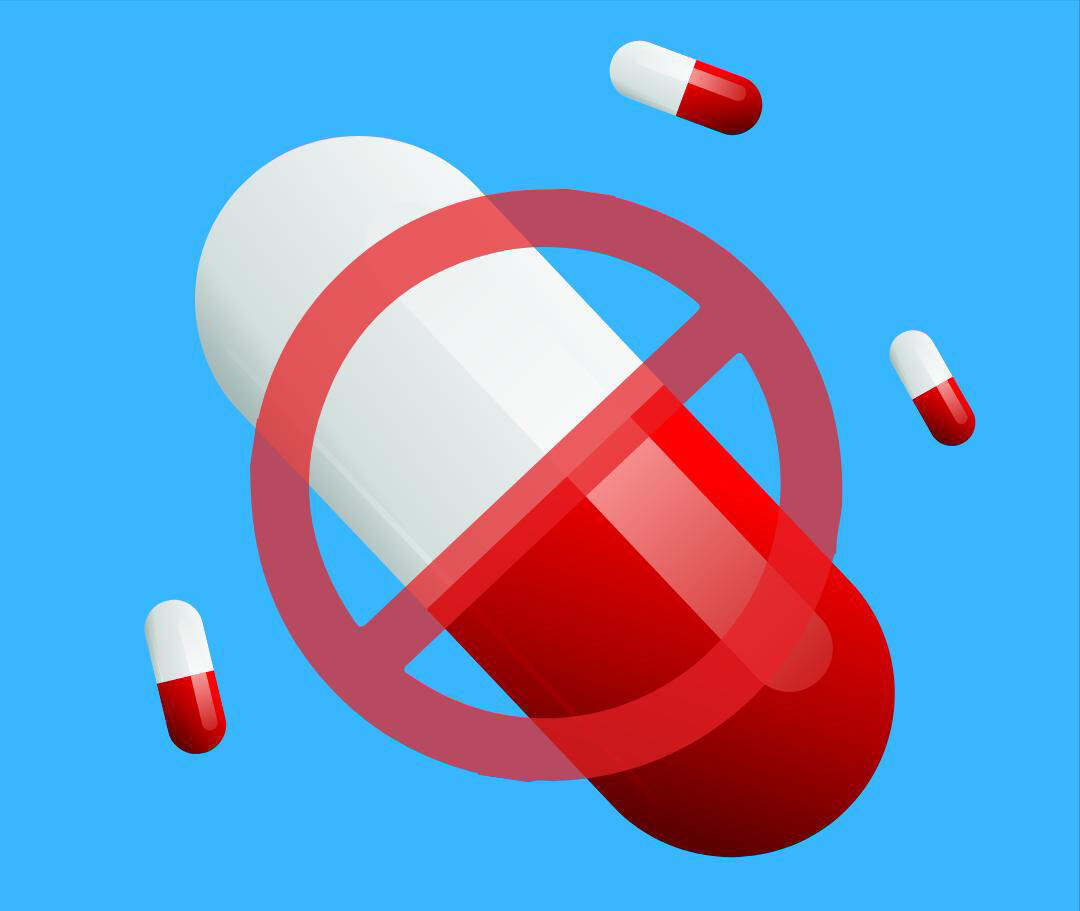Oxygen - the double-edged sword of life, these knowledge can save lives at critical moments!
I. What is Oxygen? - The Invisible "Fuel of Life"
-
Ubiquitous yet Vital
Oxygen is present everywhere and is crucial for life. -
Composition of Air
Approximately 21% of air is oxygen. It is colorless and odorless, acting like an "invisible battery in the air" that continuously powers our bodies. -
Human Oxygen Consumption
In a calm state, the human body consumes about 0.4 liters of oxygen per minute, equivalent to emptying five household oxygen bags per day! -
Oxygen's "Workflow"
- Inhalation → Oxygen enters the lungs → Blood "couriers" (red blood cells) deliver it → Oxygen is "burned" by cells throughout the body to generate energy → Exhalation of waste gases.
-
Critical Role
Without oxygen, cells would be like "toys without batteries," and even the heartbeat would cease. 
II. The Dangerous Side of Oxygen - Excess Can Become "Poison"
-
Oxygen Toxicity: Over-Supplementation Can Harm
Prolonged inhalation of high-concentration oxygen (>60%), such as in hospital hyperbaric oxygen chambers, may cause:- Lung damage: Chest pain, coughing, akin to "the lungs being on fire."
- Neurological toxicity: Convulsions, dizziness, and in severe cases, coma (particularly noteworthy for divers and premature infants).
-
Fatal Risks of Oxygen Administration to Premature Infants
- Premature infants have fragile retinal blood vessels. High-concentration oxygen can block blood vessel growth, leading to blindness! Doctors must strictly control oxygen concentration.
-
Oxygen Traps for Patients with Chronic Lung Diseases
- COPD patients (e.g., long-term smokers) who receive high-flow oxygen over an extended period may suppress their natural breathing instinct, leading to carbon dioxide retention and respiratory failure.
III. Safe Oxygen Usage Guidelines in Hospitals - Operational Standards for Ventilators & Equipment Belts
-
Equipment Preparation and Safety Verification
Operational Steps Core Points Basis Connection of Equipment Belt Oxygen Supply Port ① Check for no deformation or blockage in the interface; ② Vertically insert the oxygen tube until a "click" sound is heard to lock; ③ Gently pull to test for anti-drop. Loose interfaces can cause oxygen leakage. Assembly of Ventilator Tubing ① Fill the humidifier bottle with sterile distilled water to 1/3-1/2 mark; ② Ensure no twists or folds in the tubing after connection; ③ Power on and run empty for 1 minute to check pressure gauge fluctuations. Twisted pipes reduce oxygen flow. Environmental Safety Confirmation ① No open flames/static electricity within 5 meters of the equipment; ② Oxygen cylinders should be placed upright and secured to prevent tipping; ③ Backup fire extinguishers should have normal pressure. Oxygen is highly flammable. -
Standardized Operational Procedures
-
Patient Connection Phase:
- Mask Wearing: Adjust the nose pad position first → Secure the forehead strap → Tighten the chin strap (standard: one finger can be inserted for tightness) to ensure no air leakage sound.
- Ventilator Parameter Settings: Set by medical staff based on the patient's condition (example: Initial oxygen concentration ≤40% for COPD patients, respiratory ratio 1:2.5).
-
Real-Time Monitoring Points:
- Observe whether chest movement is synchronized with ventilator air delivery;
- Maintain blood oxygen saturation (SpO₂) between 92%-98% (for non-COPD patients);
- Bubbles >2cm³/s in the humidifier bottle indicate normalcy; their absence suggests tube blockage.
-
Patient Connection Phase:
-
Key Risk Prevention and Control
Risk Scenarios Operational Requirements Consequence Warnings Contamination of Equipment Belt Quick Interfaces Daily wipe interfaces with 75% alcohol and perform hand disinfection before operation. Bacterial infection risk increases pneumonia risk by 40%. High-Flow Oxygen Without Humidification Must connect a humidifier bottle when oxygen flow >4L/min. Airway mucosal damage and bleeding. Ventilator Alarm Handling High-pressure alarm → Check for mucus plugs; Low-pressure alarm → Check for tube disconnection. Delayed handling can lead to hypoxic brain injury. -
Emergency Response Plans
- Oxygen Leakage: Immediately shut off the gas source → Open windows for ventilation → Remove flammable materials → Call the engineering department for repairs.
- Patient Asphyxiation: Disconnect the ventilator → Manually ventilate with a balloon (pressing frequency 10-12 times/min) → Call the rescue team.
- Equipment Failure: Activate backup oxygen cylinders → Switch to a simple respirator → Initiate the hospital's equipment emergency code.
-
Post-Oxygenation Standardized Operations
- Disconnection Sequence: Remove the mask first → Shut off the ventilator → Disconnect the oxygen source → Then shut off the equipment belt valve.
- Consumable Disposal: Soak masks in chlorine-containing disinfectant for 30 minutes; send tubes to the supply room for high-temperature sterilization.
- Record-Keeping Points: Oxygen therapy time, flow rate, SpO₂ changes, abnormal events (e.g., alarm reasons).
Special Warnings: The "Three Prohibitions and Four Musts" of Hospital Oxygen Therapy
-
Three Prohibitions:
❌ Do not lubricate oxygen tube interfaces with grease (can cause explosion).
❌ Do not administer high-flow oxygen for extended periods without humidification.
❌ Do not continue operating if the ventilator alarm is not addressed. -
Four Musts:
✅ Daily check the equipment belt for airtightness.
✅ Train medical staff to master manual balloon ventilation skills.
✅ Maintain a residual pressure of 0.5MPa before replacing oxygen cylinders.
✅ Establish an oxygen therapy safety checklist (template attached).
Conclusion: Using Oxygen Wisely, Letting Life Breathe Freely
"Oxygen is the spark of life, but controlling the flame keeps it warm rather than burning. Follow medical advice for hospital oxygen therapy, exercise caution with home oxygen supplementation, and respecting natural laws is the key to safeguarding health."


